Our SBE 49 FastCAT CTD was recently featured in ECO Mag’s latest edition of their Deep-Sea Exploration digital magazine which showcased our partnership with Triton submarines to break world records as part of the Five Deeps Expedition.
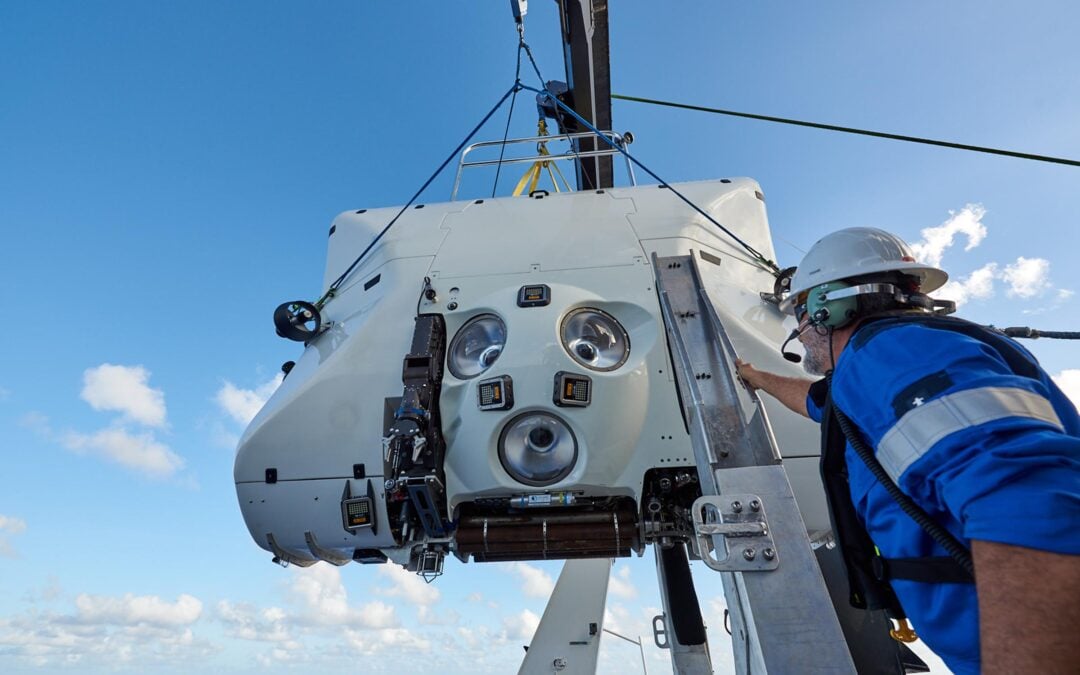

Our SBE 49 FastCAT CTD was recently featured in ECO Mag’s latest edition of their Deep-Sea Exploration digital magazine which showcased our partnership with Triton submarines to break world records as part of the Five Deeps Expedition.
Our SBE 49 FastCAT CTD was recently featured in ECO Mag’s latest edition of their Deep-Sea Exploration digital magazine which showcased our partnership with Triton submarines to break world records as part of the Five Deeps Expedition.
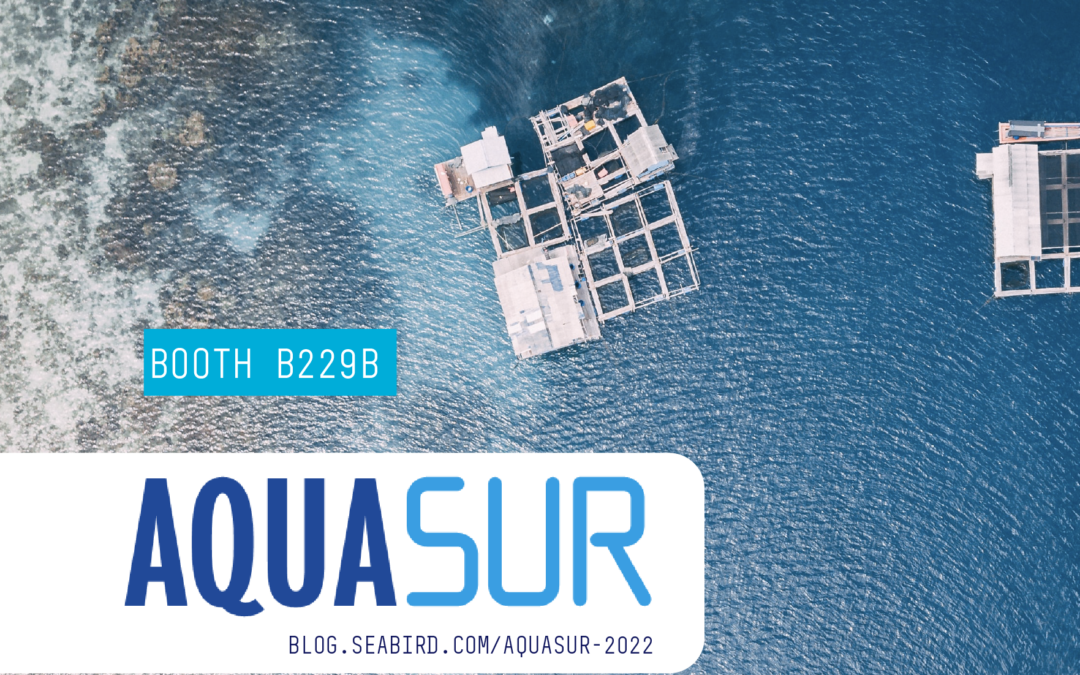
We’re excited to announce Sea-Bird Scientific is attending the Aquasur Conference this year from March 2-4, 2022. Visit us at Booth B299b!
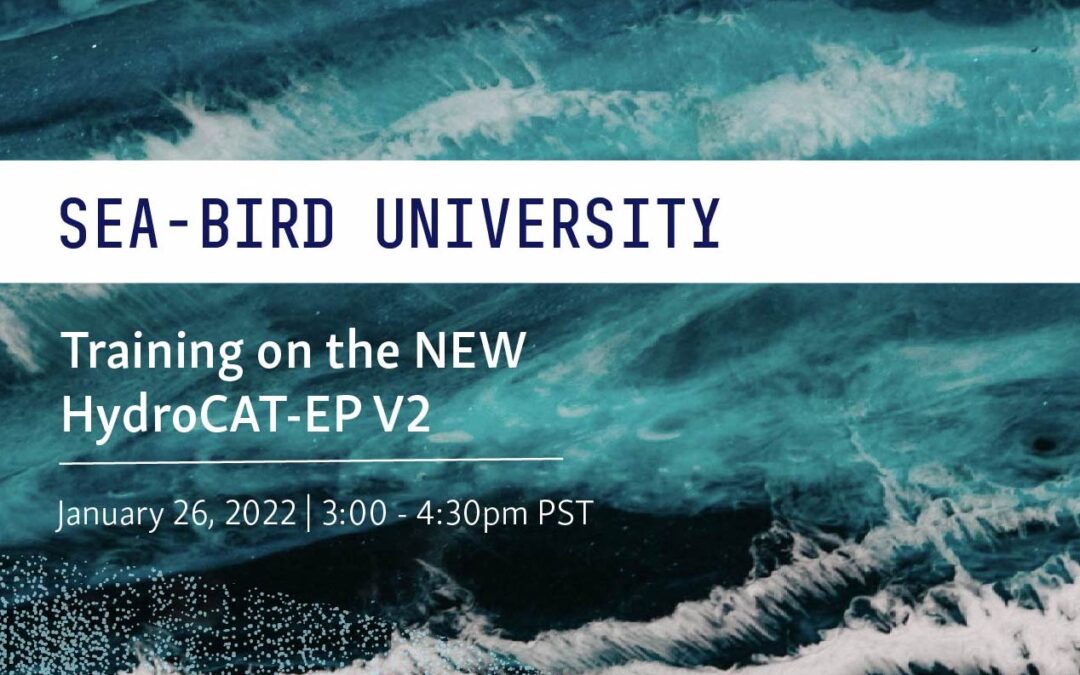
Join us for a special Sea-Bird University session covering how to use, maintain, and process data from this new HydroCAT-EP V2. Classes are held virtually and registration and attendance are 100% free. January 26th, 300:pm PST.
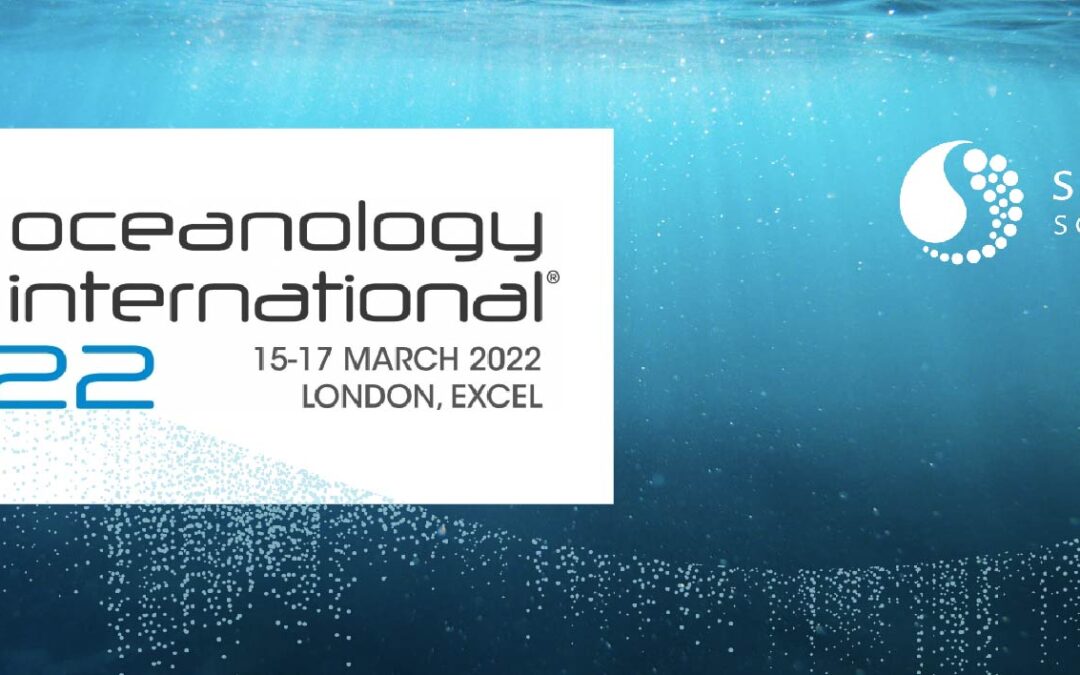
We’re excited to announce Sea-Bird Scientific is virtually exhibiting at the Ocean Sciences Conference this year from February 27 to March 4.
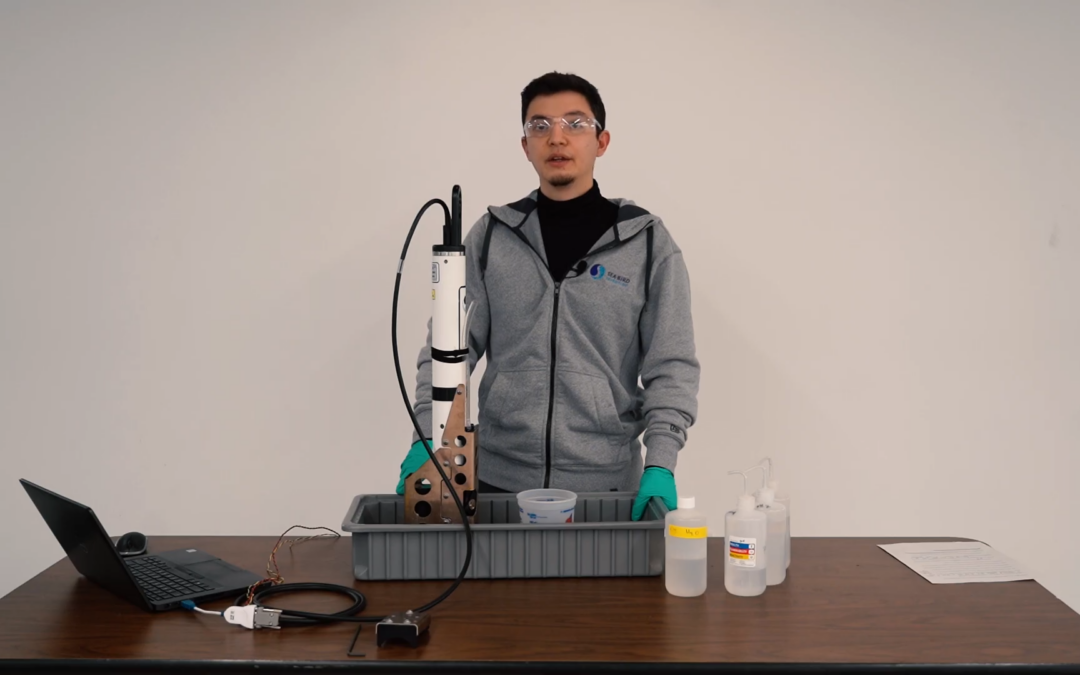
Grab some pH buffer solutions and follow Cody Littleton, our primary HydroCAT-EP Service Technician, as he walks you through how to calibrate this pH sensor.
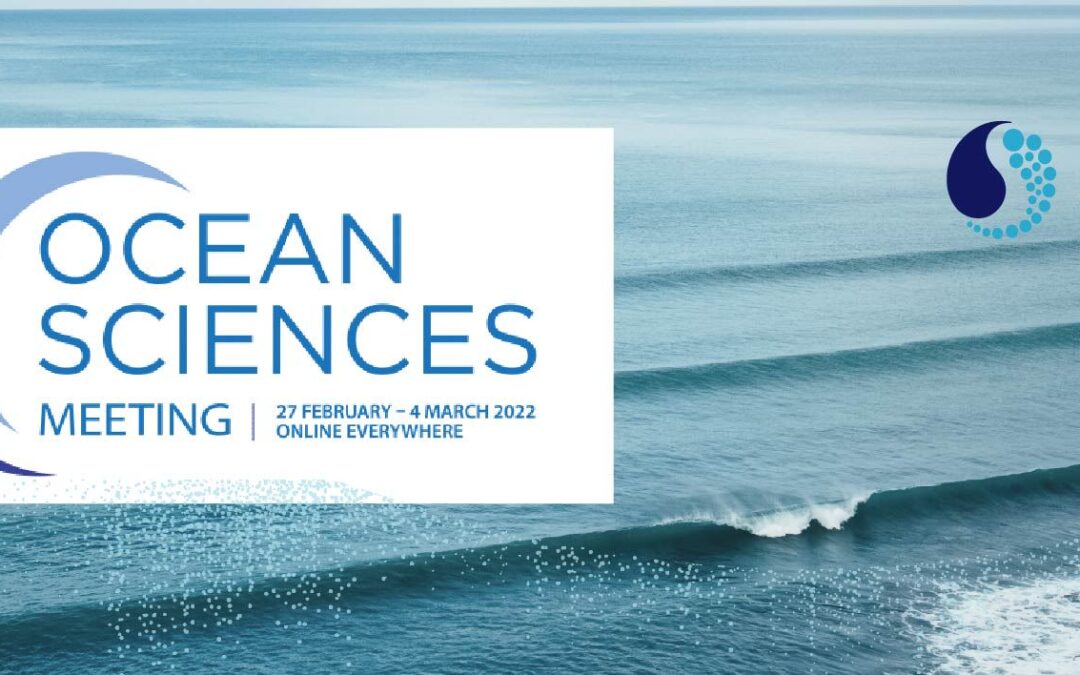
We’re excited to announce Sea-Bird Scientific is virtually exhibiting at the Ocean Sciences Conference this year from February 27 to March 4.
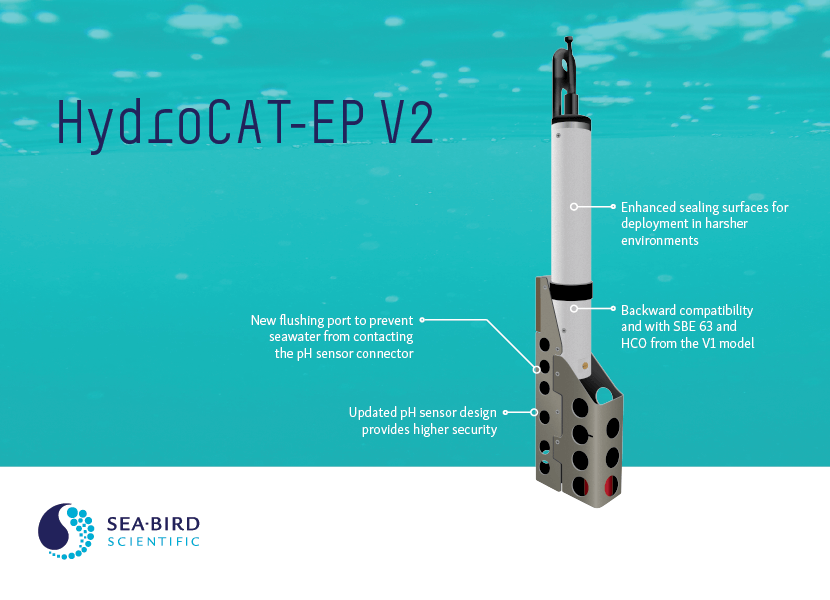
The new HydroCAT-EP V2 includes some useful changes. Current owners of the HydroCAT-EP V1 are eligible for a free or low cost upgrade, depending on your instrument’s purchase date.
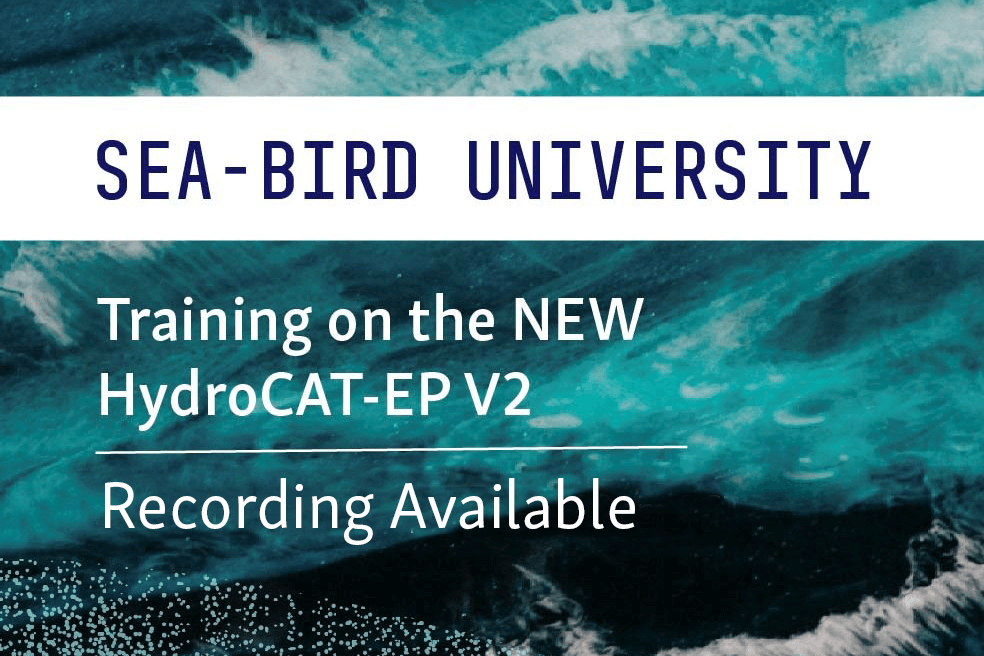
Watch our latest Sea-Bird University session, to learn how to use, maintain, and process data from our latest multiparameter instrument, the HydroCAT-EP.
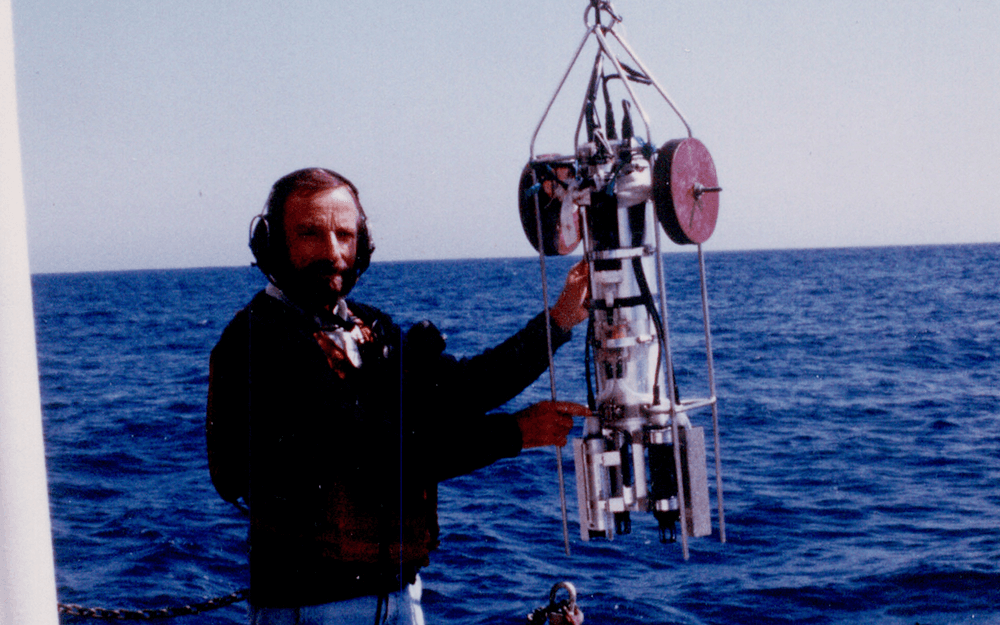
Art Pederson, founder and former President of Sea-Bird Electronics, passed away on October 8th, 2021. Art leaves behind a legacy that changed the face of oceanography and acted as the bedrock on which Sea-Bird Scientific is formed. We spoke with Dr. Norge Larson, former President of Sea-Bird Scientific, about the early days of Sea-Bird, and how Art’s innovations lead to the company we are today.
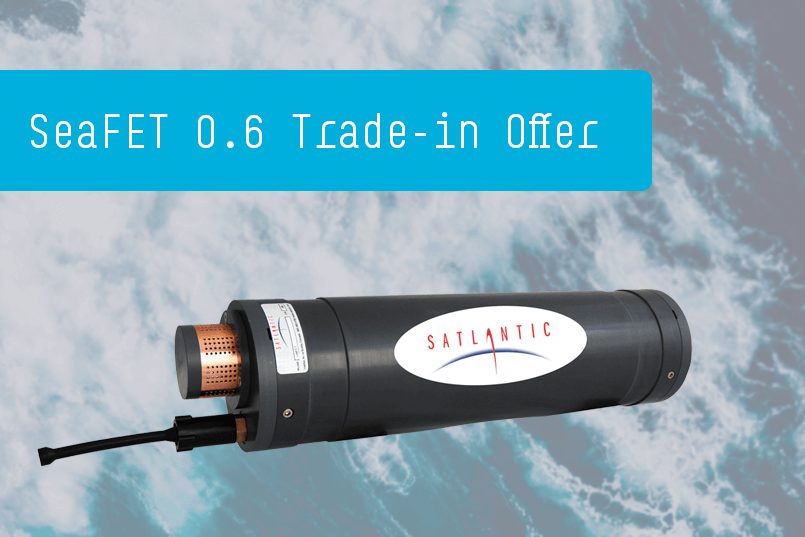
The Shallow SeaFET v0.6 was the first commercially available ISFET pH sensor developed for ocean science. Today, the SeaFET V2, SeapHOx V2, and Deep SeapHOx V2 feature major improvements to the original design. Consider trading in your older unit through December 31, 2022.
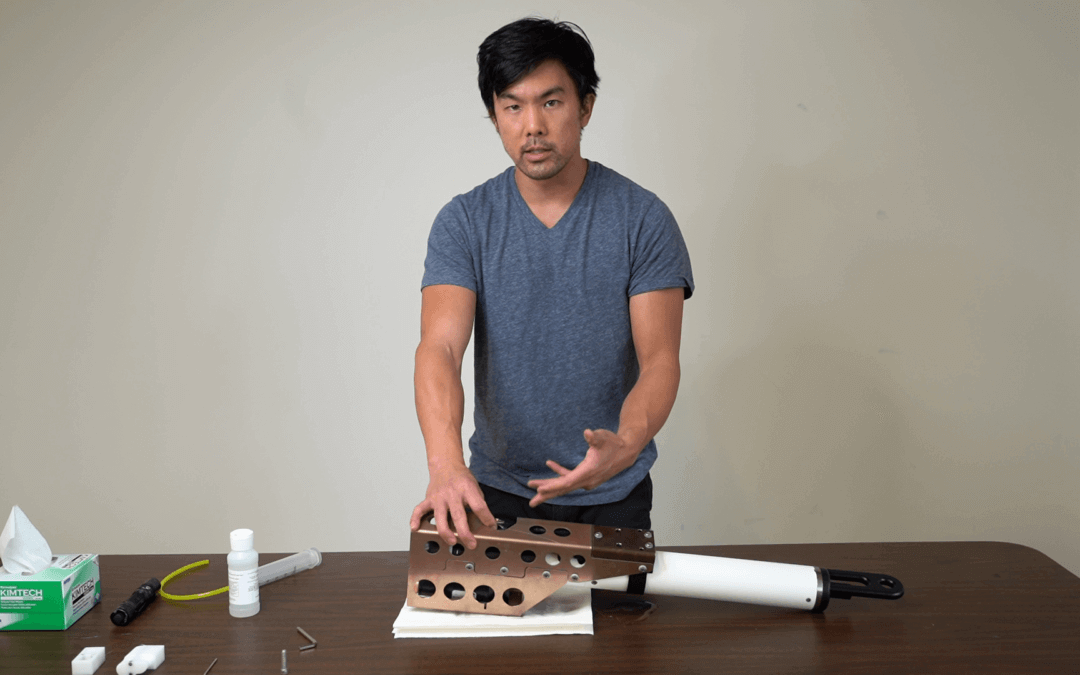
We’ve built new safety features around the HydroCAT-EP V2’s pH sensor. Watch Greg teach you how to properly flush and store your pH sensors to get the most out of your gear.
Sea-Bird Scientific is proud to partner with Sequoia Scientific in hosting the first Ocean Science & Technology Conference in Seattle, Washington on Thursday, September 14th. This conference will enable those in the Seattle area to network, connect, and discuss...
Sea-Bird Scientific was proud to host an Ocean Science Mixer and Networking Event in Seattle, Washington, on June 1, 2023 for World Oceans Day. Following our virtual webinar on Forging Your Career in Academia and Industry in partnership with The Oceanography Society...
On Wednesday, July 12th, the team at Sea-Bird Scientific took time out of their day to go to one of our local beaches and pick up trash. Early July is an especially critical time of year to do beach clean-ups, given the proximity to the 4th of July in the United...